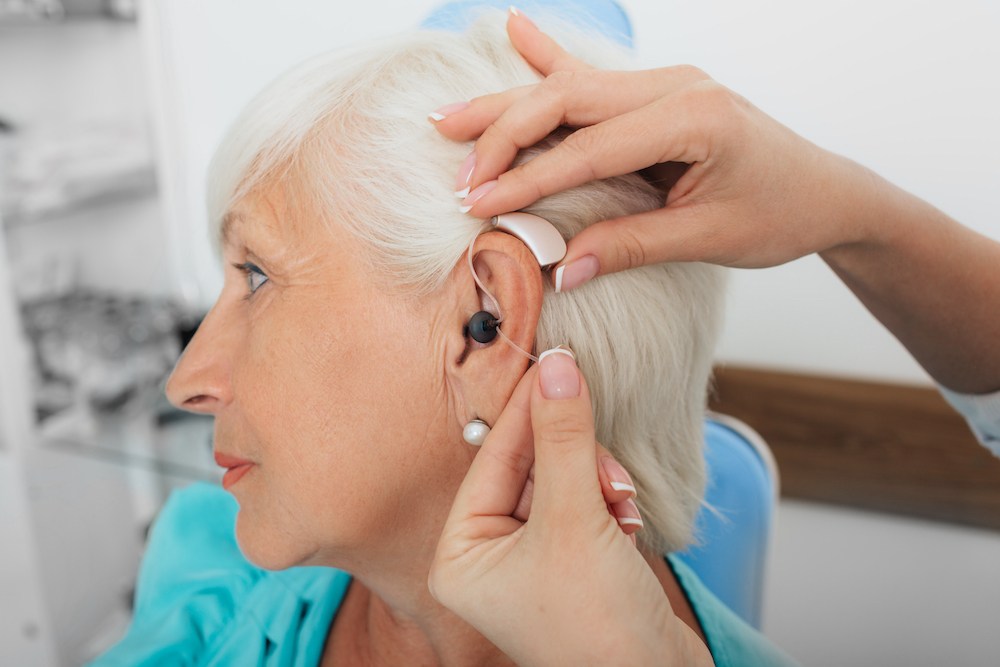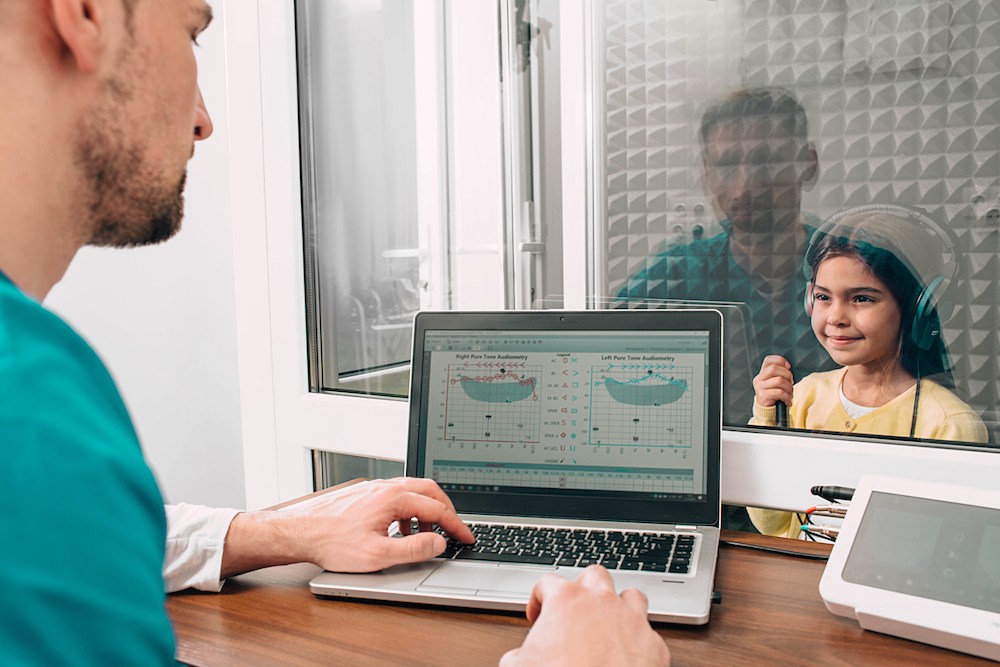Managing Hearing Loss in the Workplace
Hearing difficulties can have a real impact on daily work life. Simple


Hearing difficulties can have a real impact on daily work life. Simple

Most hearing loss happens slowly, but in some cases, it can happen

Many people struggle to hear clearly when there’s background noise